As part of what's been heralded as 'new Southern Studies', a number of critical texts have been focusing on the unacknowledged inheritance of African values in the American South. These texts have something to offer not such for an understanding of American culture, but for cultures like Australia that have been influenced by the dominant force.
 I've just finished Keith Cartwright's Reading Africa Into American Literature: Epics, Fables, and Gothic Tales (Lexington: Univ. of Kentucky Press, 2004). It's a fascinating analysis West African roots. Cartwright covers the Uncle Remus stories, Creole languages, second-sight and Senegambian values. Especially interesting is his analysis of the way literate Muslim slaves were treated. While early in the history of the south, their education was respected and many were freed, in a later more racist time their learning was demeaned. A product of this 'mumbo jumbo', which is still alive as a denigration of African learning. The inscrutable Arabic text became a symbol of primitive mystification:
I've just finished Keith Cartwright's Reading Africa Into American Literature: Epics, Fables, and Gothic Tales (Lexington: Univ. of Kentucky Press, 2004). It's a fascinating analysis West African roots. Cartwright covers the Uncle Remus stories, Creole languages, second-sight and Senegambian values. Especially interesting is his analysis of the way literate Muslim slaves were treated. While early in the history of the south, their education was respected and many were freed, in a later more racist time their learning was demeaned. A product of this 'mumbo jumbo', which is still alive as a denigration of African learning. The inscrutable Arabic text became a symbol of primitive mystification:
The question here is what happened when the growing racial ideologies behind American 'Samboism' clashed with the reality of a literate Muslim slave presence in America. The presence of literate, black African Muslims as slaves in American often caused moments of doubt, challenge, and embarrassment to supports of a racial justification of slavery. (p. 160)
Threaded throughout Cartwright's book is a series of Africanisms - words from Senegambian culture that have become part of the American idiom. He ends the book with a call for a recovery of these African roots:
As we work to read Africa and Africanist ideologies into their long-standing core position in American identity, culture, and literature, we are taking a step toward finding historical truth and needful balm for festering, long-ignored wounds. And as we come to respect some of the energies of action channeled through the pharmacopoeia of the Senegalese mocho'o (medicine worker), we make return to the vital work of treating the foundational 'mojo' of transatlantic chattle slavery, a 'mojo' that is (in its ever-rippling causes and effects) a source of the nation's most enduring curses and simultaneously a source of our peculiarly American genius. (p. 229)
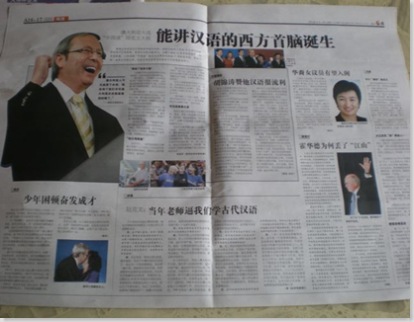





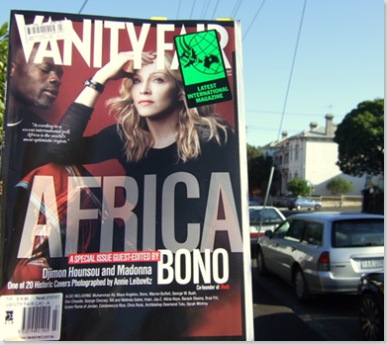
 The remarkable story of
The remarkable story of 

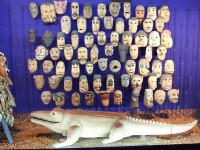
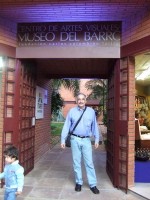
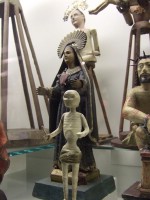
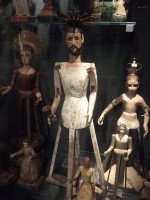
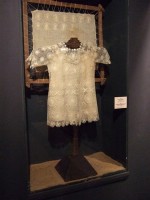
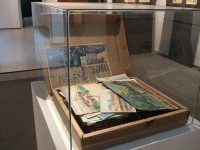
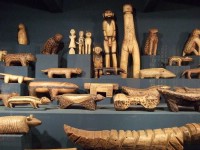
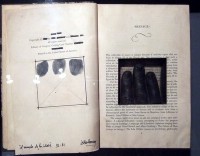
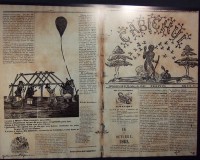

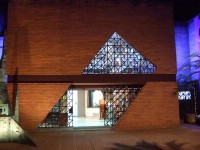
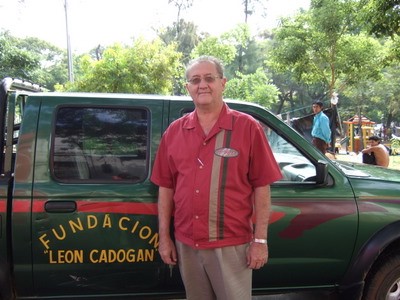
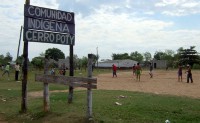

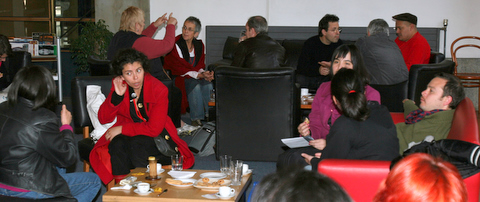

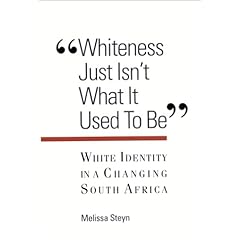


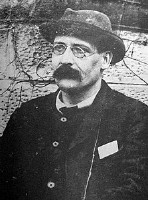
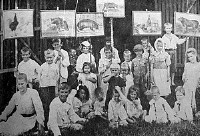
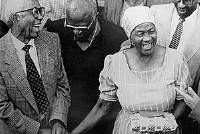
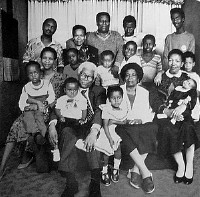
 "We will walk side by side with each other, even with our worst enemy," Mandawuy Yunupingu had proclaimed on the first morning of Garma. Five days later, on the final night, as I watched him lead his band Yothu Yindi in front of an ecstatic crowd, it was hard not to become wrapped up in the spirit of optimism and reconciliation that Garma creates.
"We will walk side by side with each other, even with our worst enemy," Mandawuy Yunupingu had proclaimed on the first morning of Garma. Five days later, on the final night, as I watched him lead his band Yothu Yindi in front of an ecstatic crowd, it was hard not to become wrapped up in the spirit of optimism and reconciliation that Garma creates.